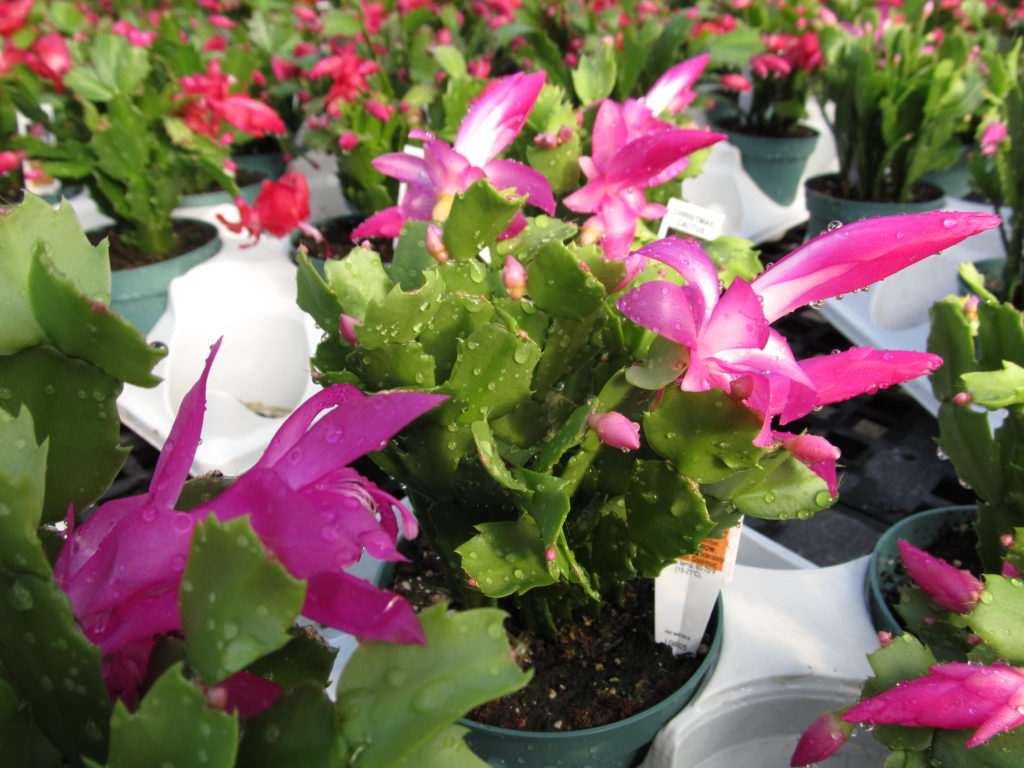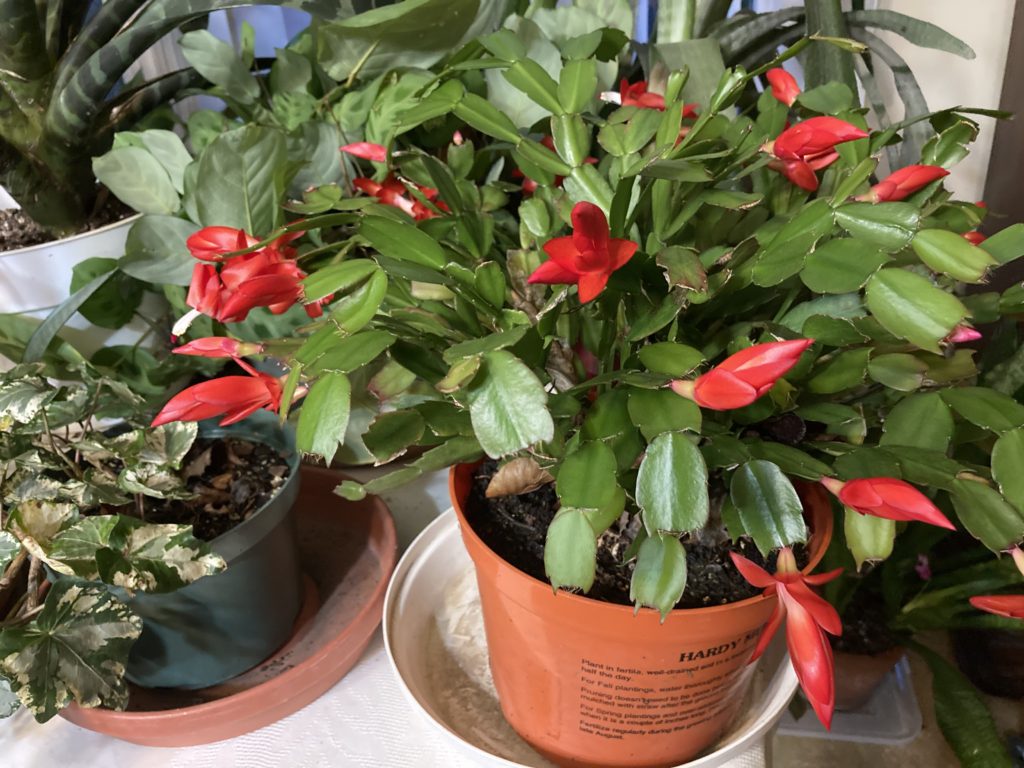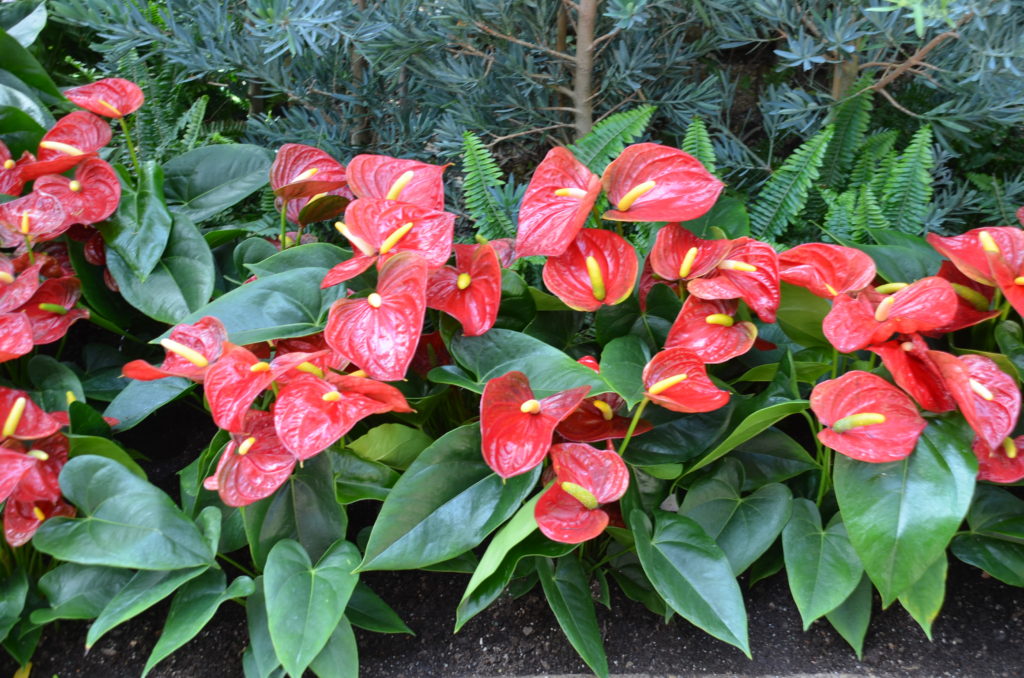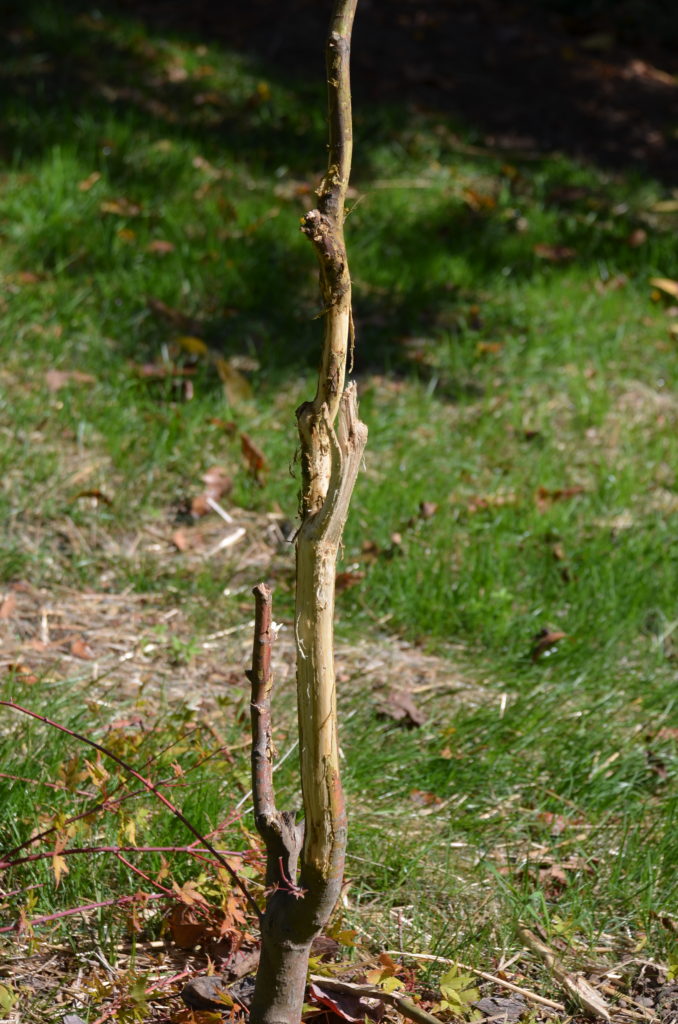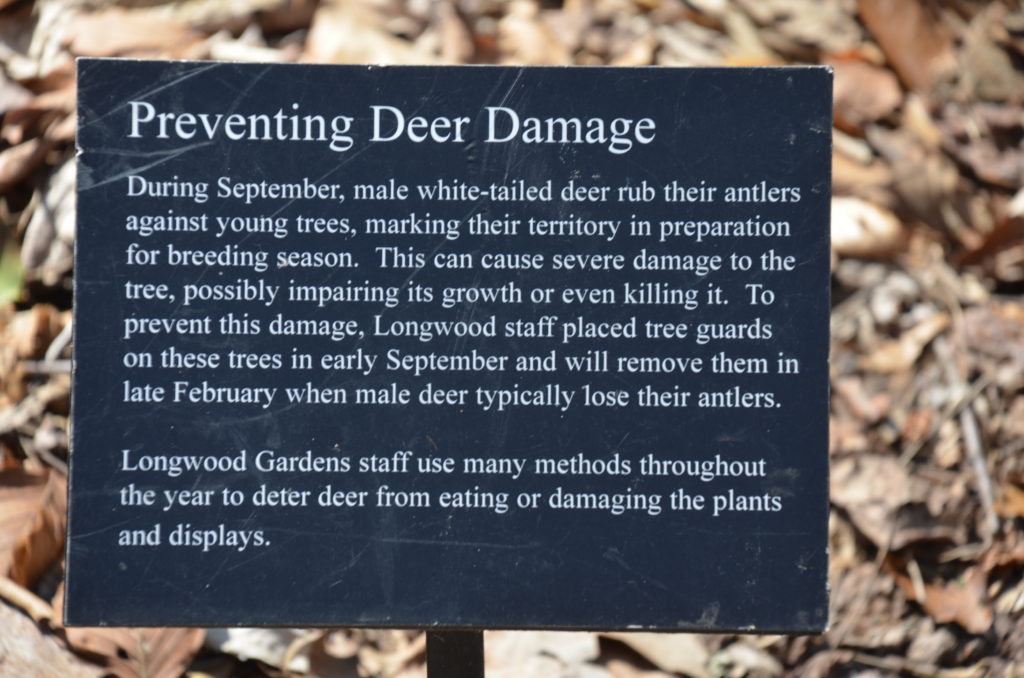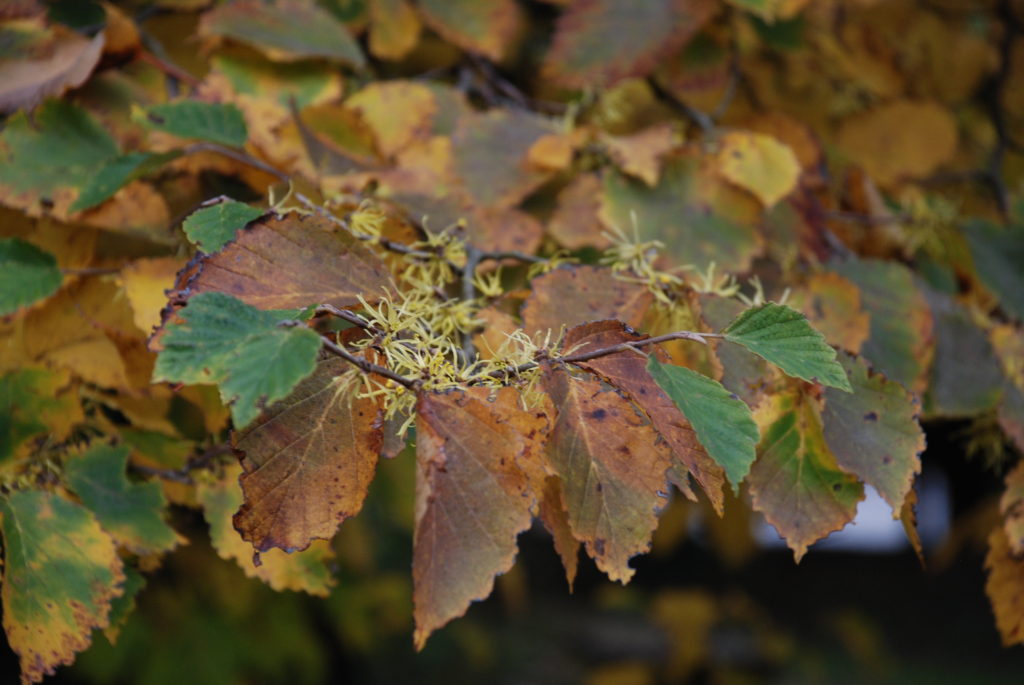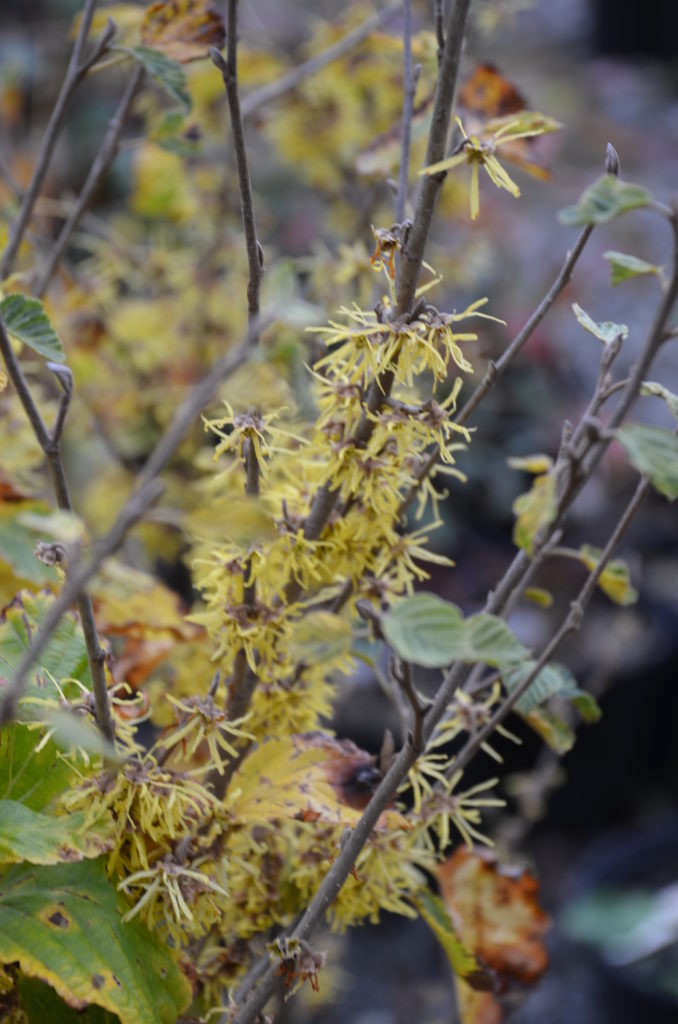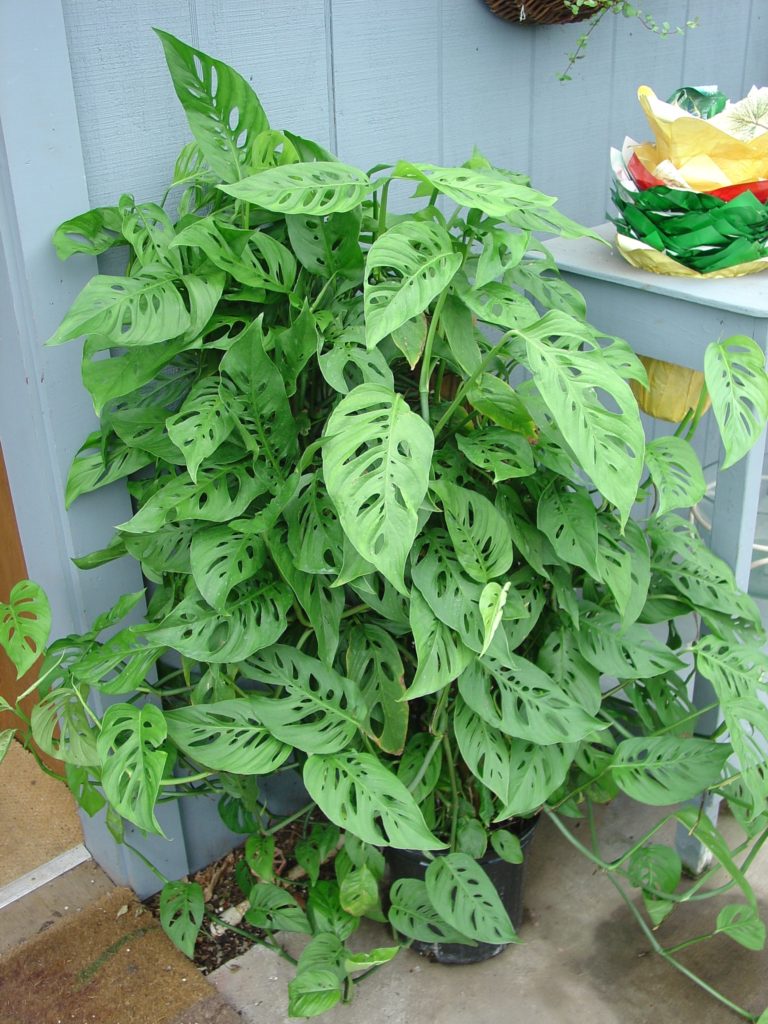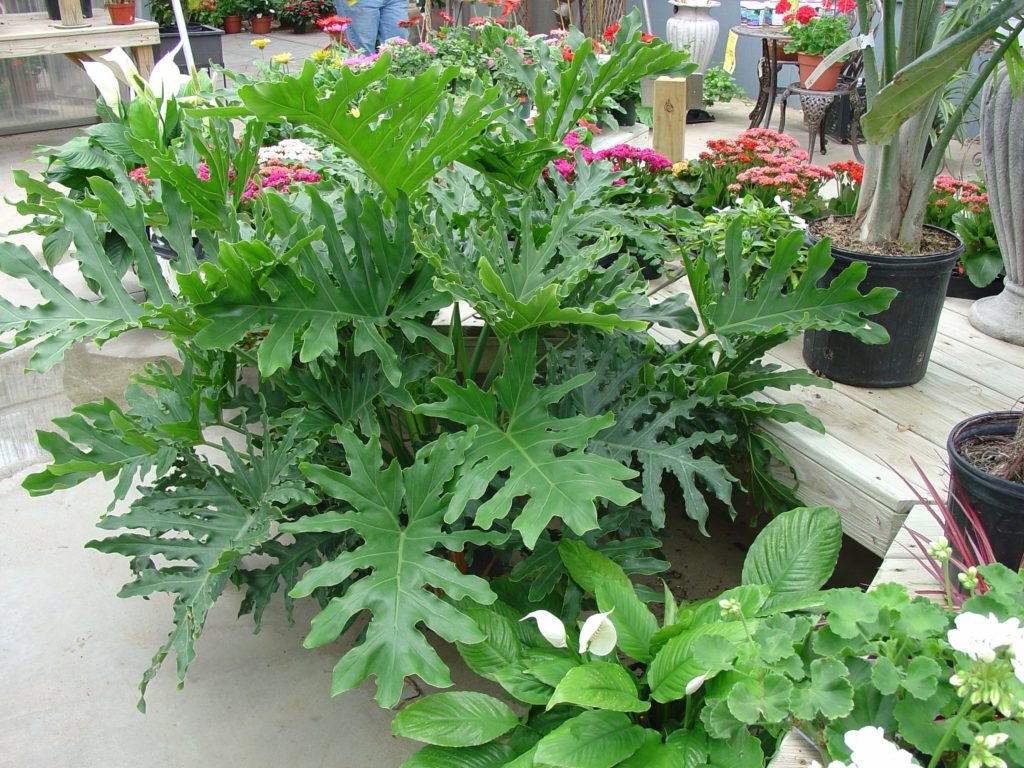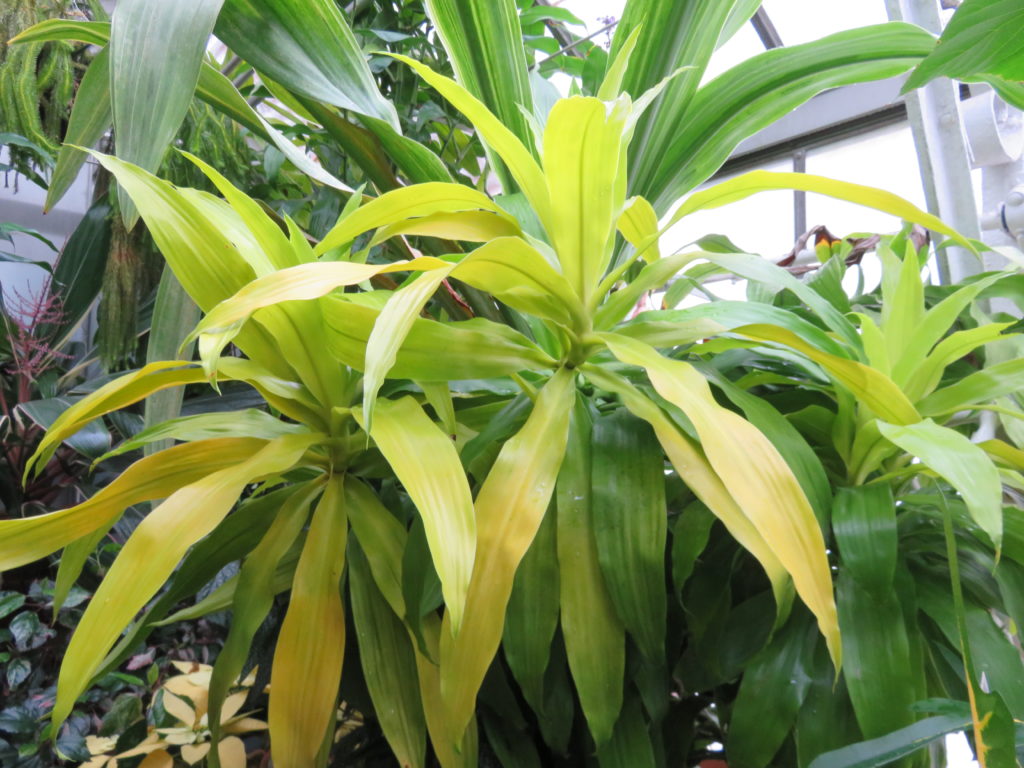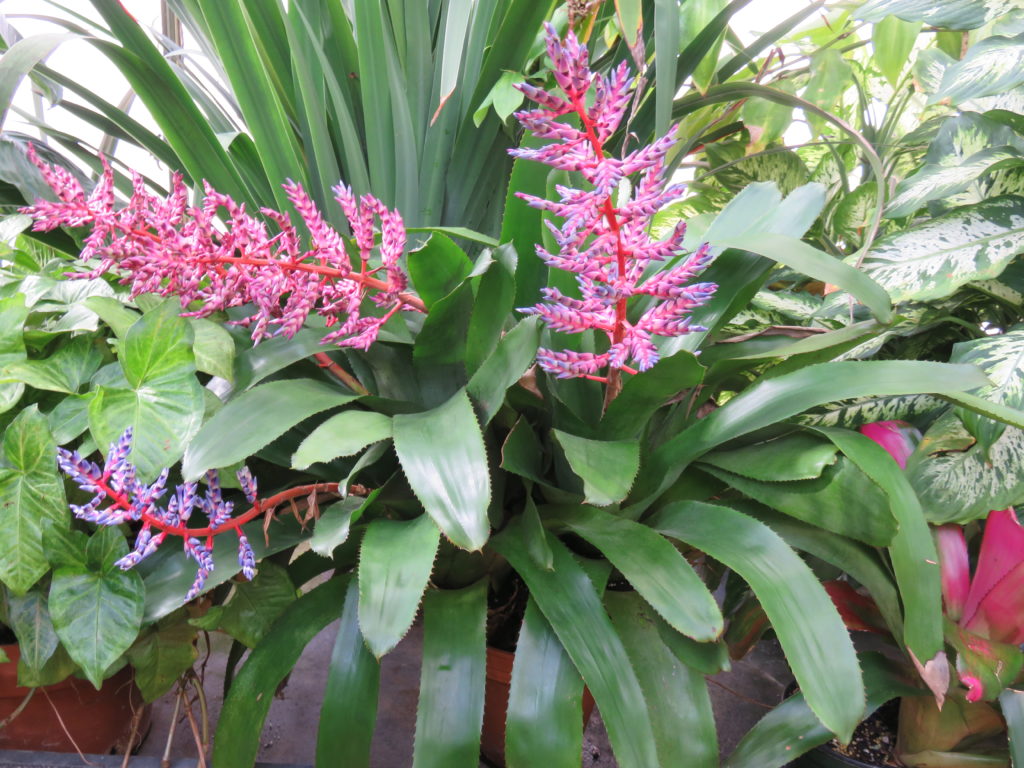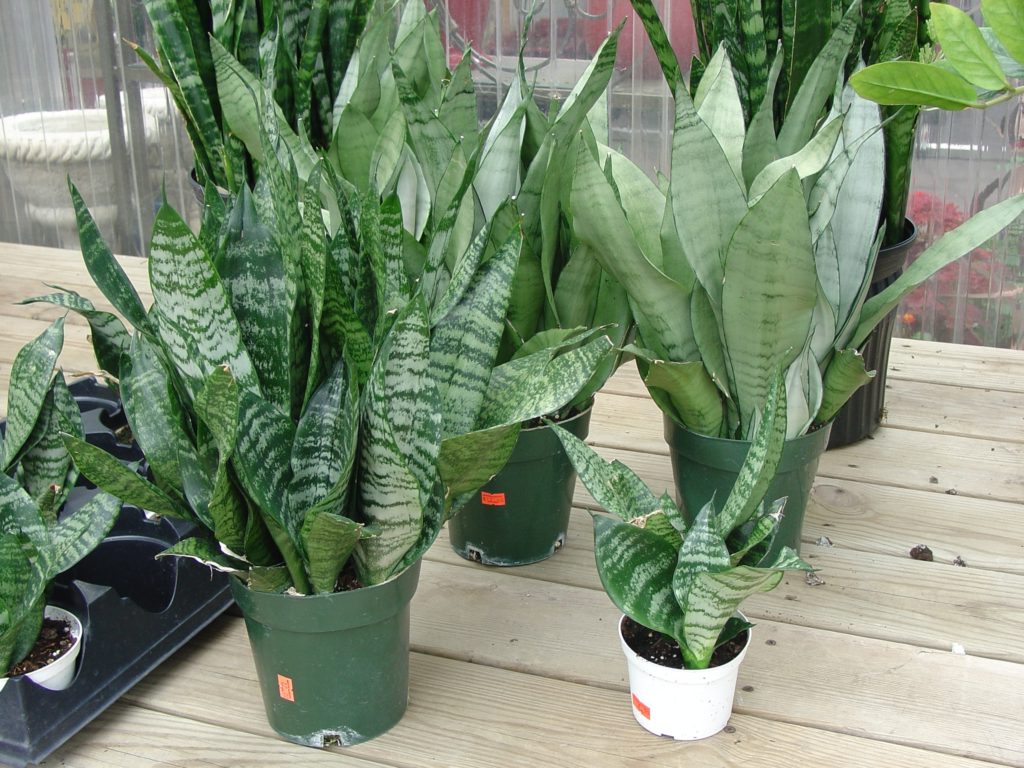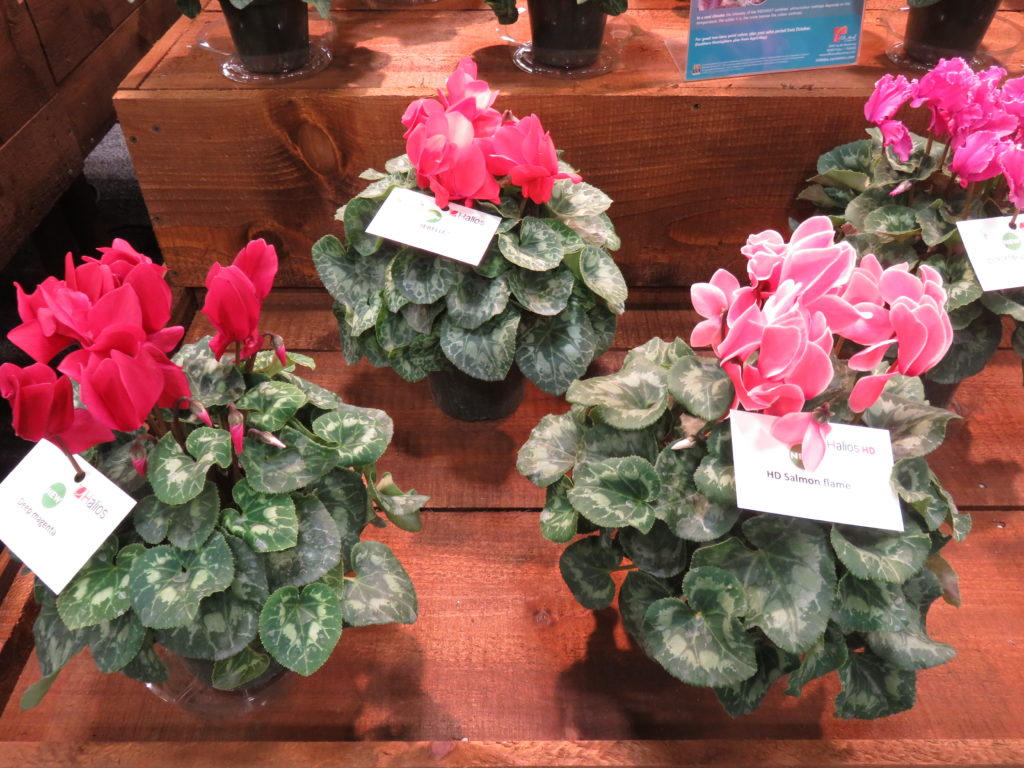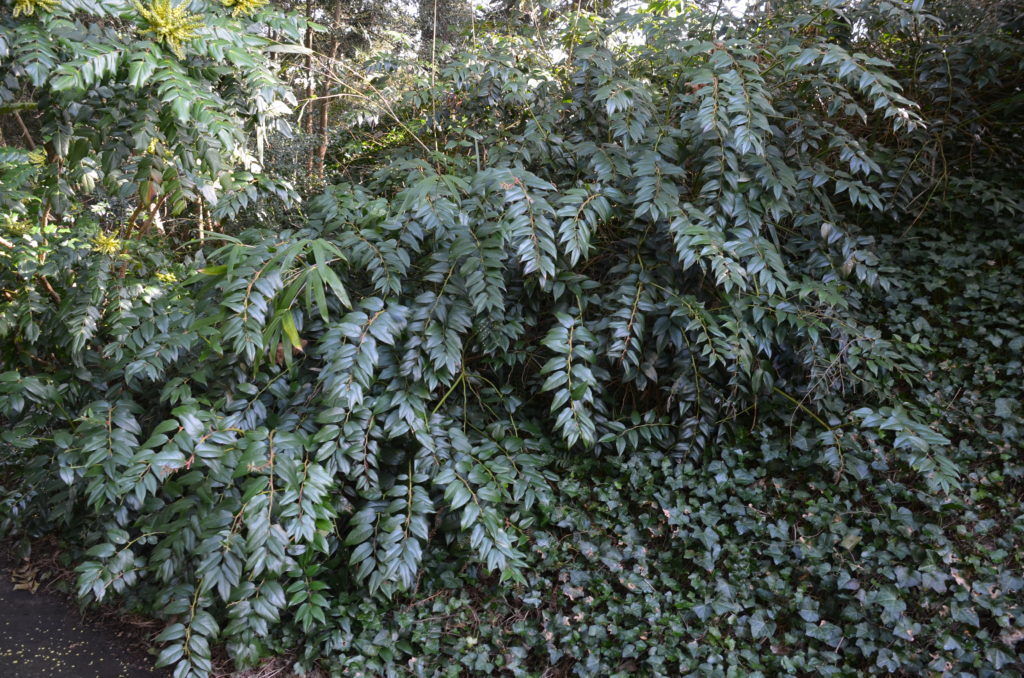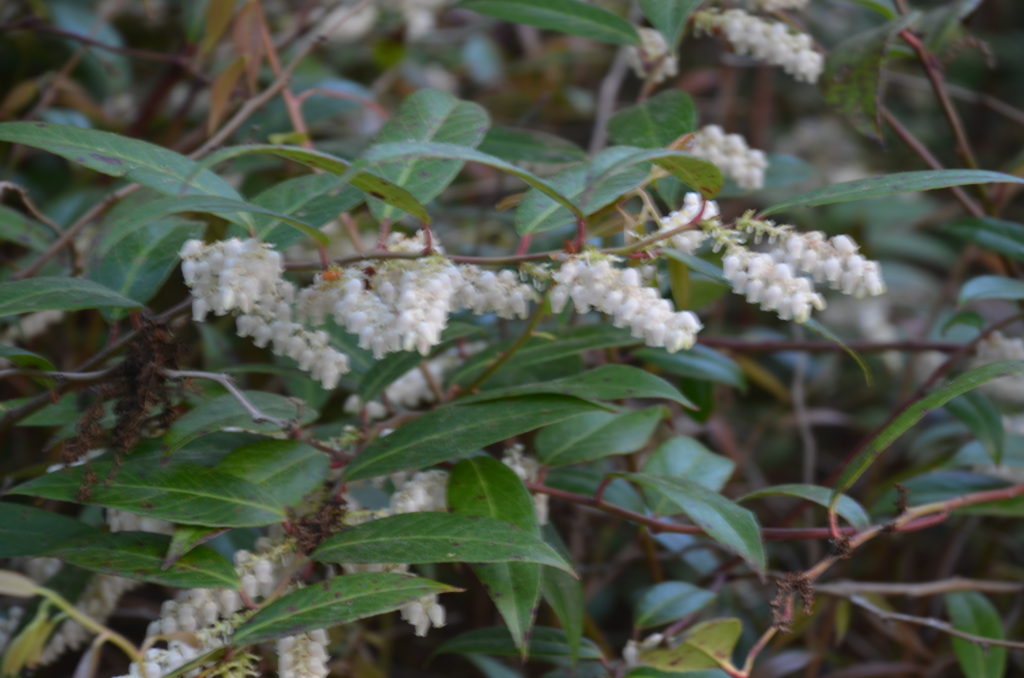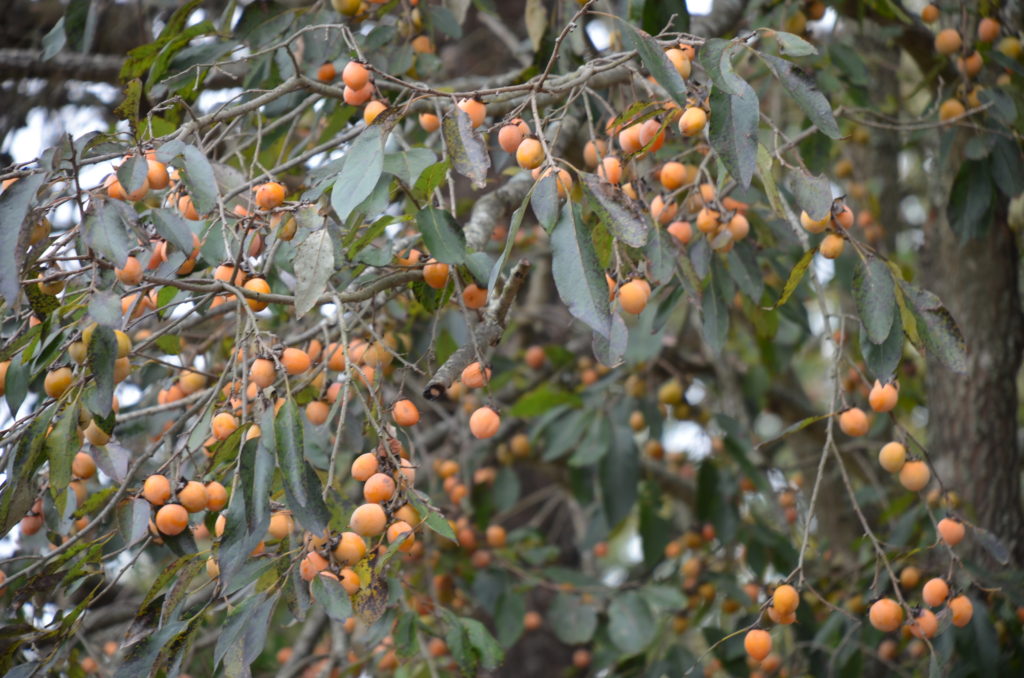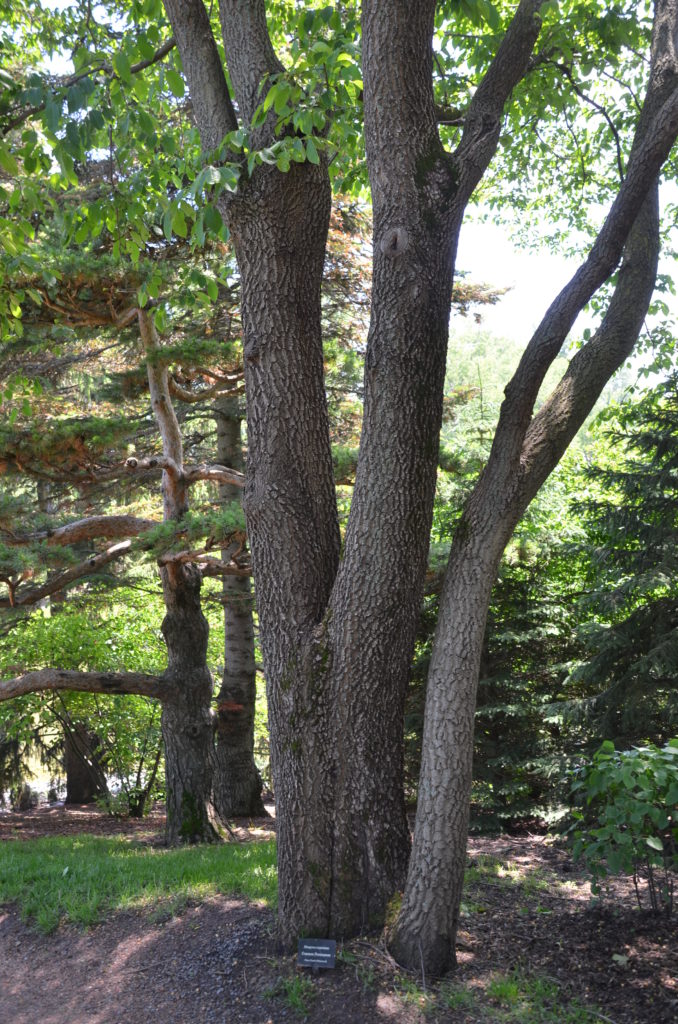Too begin a new gardening year, the Perennial Plant Association has named calamint (Calamintha nepeta ssp. nepeta) as the 2021 Perennial Plant of the Year. One landscaper designer describes calamint as “a cloud of confetti, tiny white flowers”. Plants are dotted with masses of tiny white (or pale blue) flowers from early summer to fall.
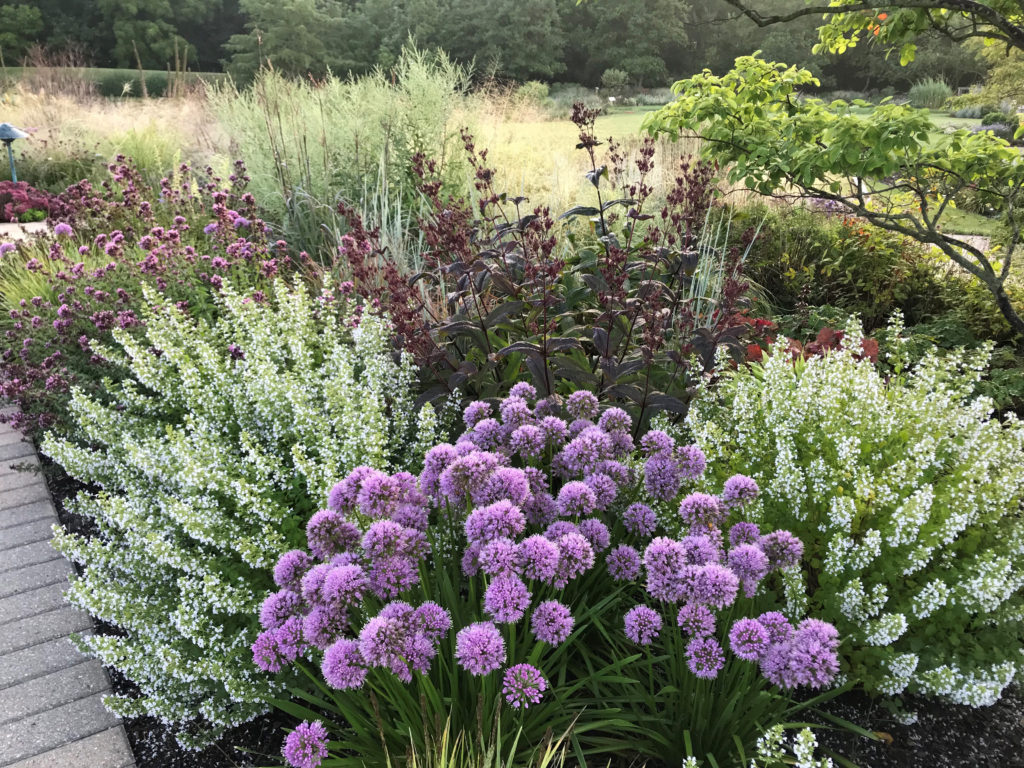
Calamint is a member of the mint family and a close cousin of catmint (Nepeta faassenii), another PPOY award winner. Flowers in turn attract loads of small butterflies. Undemanding, this low-maintenance deciduous perennial is native from Great Britain to Southern Europe. It grows best with good soil and air drainage (USDA hardiness zones 5-7).
Calamint grows 15-18 inches tall and wide in full sun and in average garden soil. It exhibits a low mounding or bushy habit, ideal for the front of the border, rock gardens, and more.
It exhibits above average drought tolerance once established. You may shear back lightly if desired to create neater habit or refresh spent blooming stems. Once a 1-year establishment period, calamint exhibits good drought tolerance.
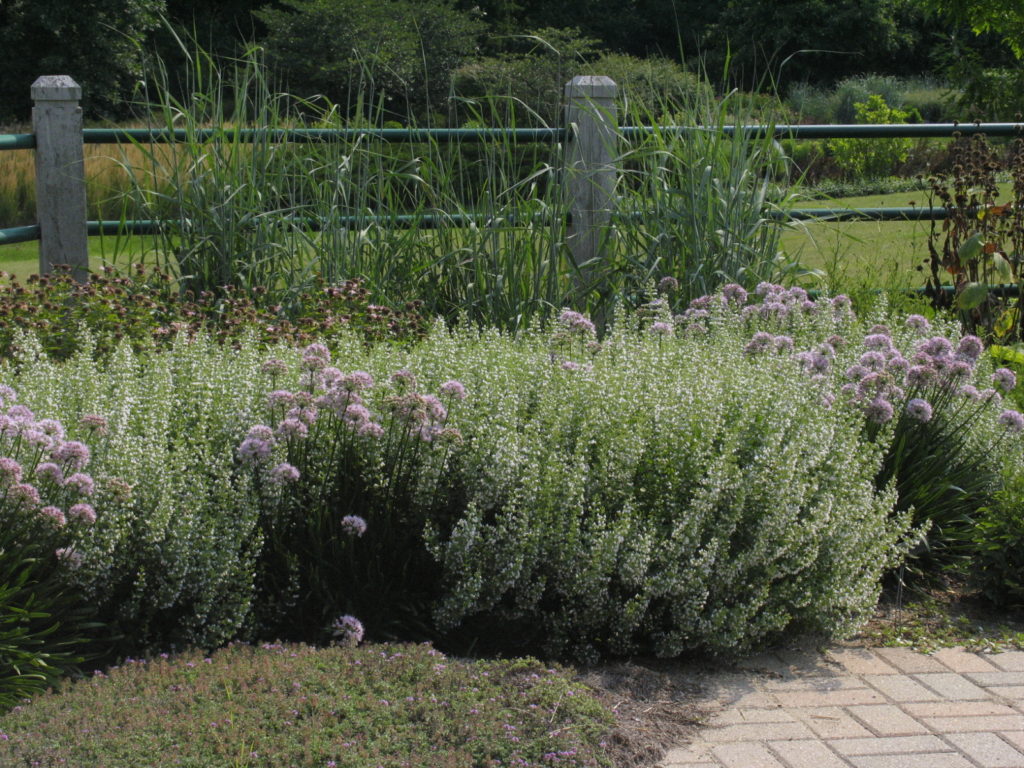
Calamint stays disease and pest free. It blooms throughout the summer and its aromatic foliage is deer-resistant. It is an ideal companion planted with other late summer blooming perennials as fall anemones (Anemone), asters (Symphorocarpus), obedient plants (Physostegia), turtleheads (Chelone), garden phlox (Phlox paniculata), and ornamental grasses such as ‘Northwind’ switchgrass (Panicum), Little bluestem (Schyzacharium), and muhly grass (Muhlenbergia).

